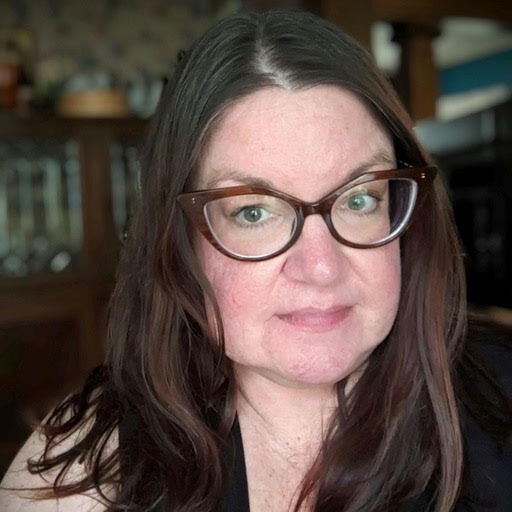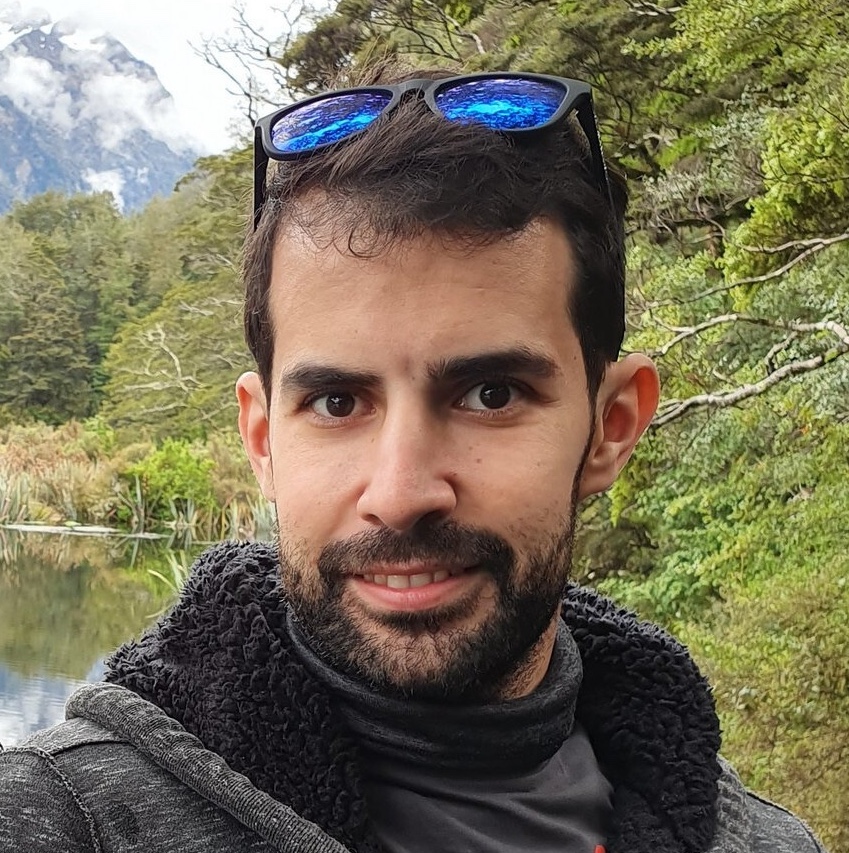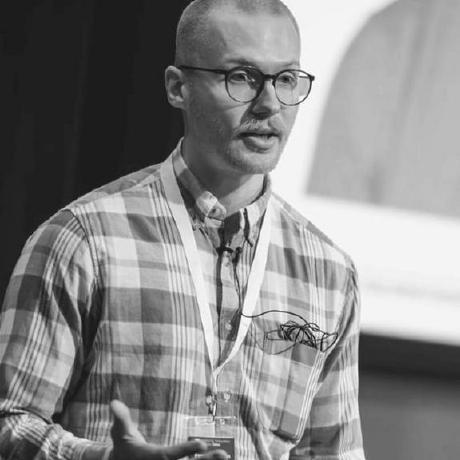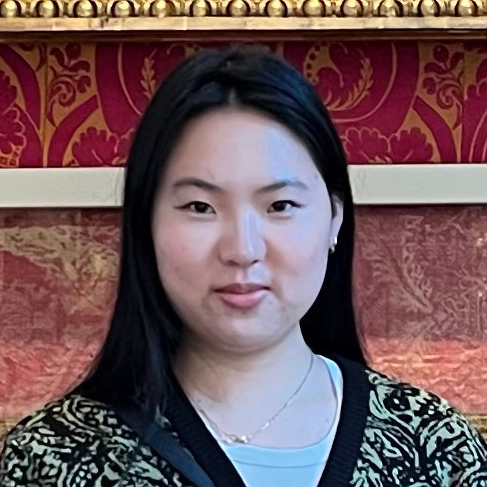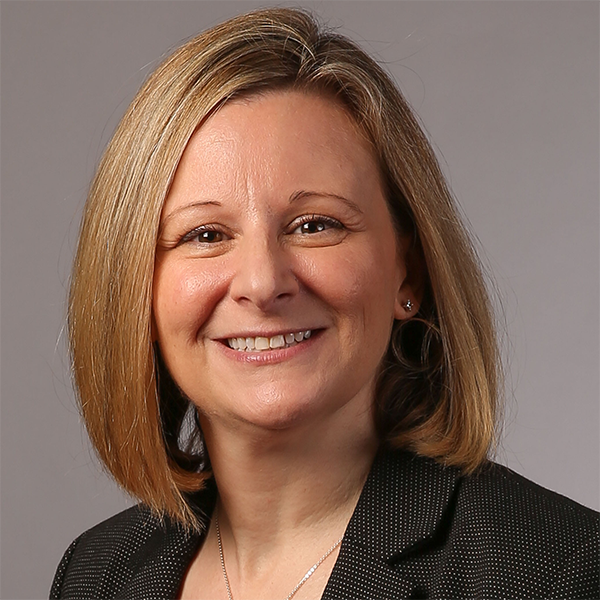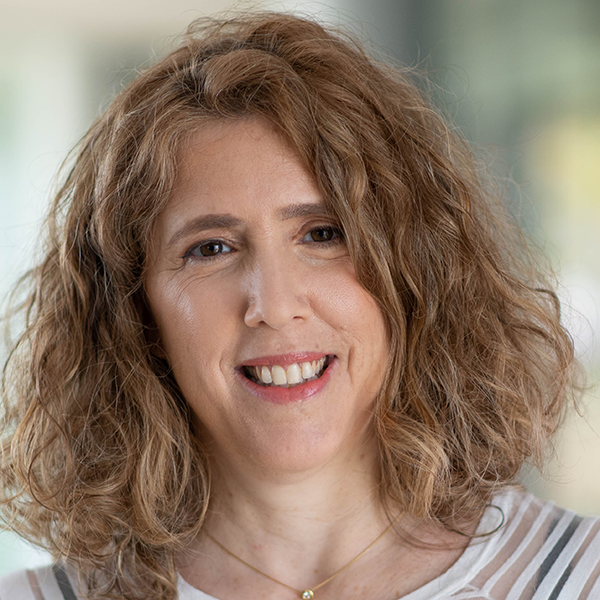In this issue of RHRQ, we have a provocative discussion between Brian Stevens, AI CTO for Red Hat, and Ion Stoica, a professor at the University of California-Berkeley and director of Sky Lab. It’s a great conversation between two people who have had a transformative influence on distributed systems, cloud computing, and, most recently, AI. Ion credits the enormous impact his research has had to deep collaboration with industry and the open source culture at Berkeley, but raises a major concern: AI development isn’t capitalizing on the catalytic role that open source and cross-institutional collaboration used to play. “What we are seeing today is in some sense the opposite. All these companies … are very siloed,” Ion says, “and academia is not really in the game.” As a result, he says, “There is not a lot of collaboration between academia and industry. “There is very little flow of information back and forth, so there is very little diffusion of innovation.”
Given the transformational impact AI will have, we can’t afford these silos. In fact, it’s no longer just about engaging academic researchers in computer science and engineering: we need to engage researchers across many disciplines to take advantage of the broad promise of AI to address society’s challenges. How do we break these silos? How do we get back the fundamental value open source gave us in the past, empowering industry and academia to work together, and facilitating rapid innovation because anyone with a new idea can develop it and make it available to diverse users around the world?
As Ion says, academia is handicapped by the lack of resources, but the problem is more profound. While most AI is done on the public cloud, cloud providers are incentivized to maximize revenue, a profound difference from research (and enterprise) IT, where the incentive is to maximize utility. Further, only the cloud provider has full visibility across the stack. AI is not just application software: it impacts the full system all the way down to the hardware, including energy consumption and network configuration. Restricted visibility limits the ability of a broad community to address problems ranging from identifying new services that users need for AI to addressing performance and sustainability challenges or providing the security (rather than just compliance) required to unlock the potential of AI. It’s also the cloud provider who decides which accelerators are made available, obstructing the aggressive development and rollout of new technologies.
In Red Hat Research, we believe that to solve these problems, we need to go beyond open source: we need open clouds—or more specifically, open hybrid clouds. For years, we have supported the Mass Open Cloud (MOC) for research and education, and we think the MOC offers a path to address these challenges, breaking the silos between industry and academia, offering resources for research and education at cost, and enabling everyone with an itch to scratch it.
We are excited to announce Open Sovereign AI Cloud, a new open source project to develop a reproducible open source sovereign AI cloud solution
There is now a worldwide trend towards Sovereign AI Clouds (SAC), and Red Hat is working hard to enable countries and corporations to support their own clouds with their own rules. While the MOC is great, it’s a single instance of what is needed. We are excited to announce Open Sovereign AI Cloud (OSAC), a new open source project to create a reproducible open source sovereign AI cloud solution that will empower other innovation hubs worldwide to stand up their own cloud environments. The project has contributions from the MOC, Red Hat Ecosystems Engineering, Red Hat Research, and IBM Research, and we are building a broad community to work with us to serve the diverse needs of academic, government, startup, and NGO AI innovators. It is being developed and continuously deployed at the MOC to take advantage of the MOC’s scale, to provide industry and academic partners a public environment where they can integrate their hardware and services into the solution, and to ensure the solution can address the needs of a production environment with a large community of AI users.
In the quarterly
This issue of RHRQ offers a good example of how AI impacts the stack on multiple levels. First, meet the TrustyAI GuardrailsOrchestrator—a tool for constraining an LLM’s user inputs and model outputs to ensure that both align with an organization’s goals and values. The tool is based on the open source project FMS (Foundation Model Stack) Guardrails Orchestrator and developed in collaboration with IBM Research. Further down the stack, there’s the EU Horizon-funded CODECO project, which aims to boost edge-cloud infrastructure efficiency and resilience through a novel, cognitive edge-cloud management framework. Red Hat engineers working on CODECO presented their paper “Bridging clusters: a comparative look at multicluster networking performance in Kubernetes” at the 2025 International Conference on Performance Engineering. The paper, highlighted in their article, describes their evaluation of multicluster networking tools that support seamless communication between distributed workloads, measuring throughput, latency, and resource consumption.
While readers of RHRQ may not need persuading that open source is the best way to break down silos, there are good-faith differences among us about what “open source AI” should mean. Knowing that no one person could, should, or wants to be on the hook for defining open source AI, our canny editor Shaun Strohmer pulled together a virtual roundtable on the topic. We hope you’ll find something you agree with, something you think is dead wrong, and something you hadn’t thought about before, because it’s a conversation that needs to continue.





